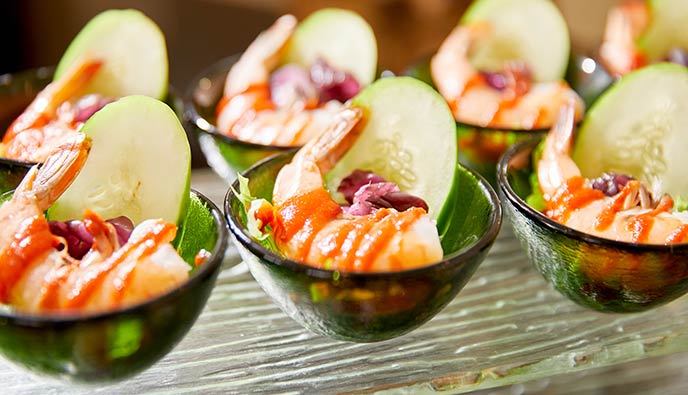Introduction: Micronesian Cuisine
Micronesian cuisine is a fusion of flavors and traditions from the indigenous people of Micronesia, as well as the influences of European, Asian, and American cultures. The cuisine is characterized by its use of fresh seafood, tropical fruits, and vegetables that are abundant in the region. Some of the most popular Micronesian dishes include chicken kelaguen, red rice, taro soup, and coconut bread.
Overview of Traditional Cooking Utensils
Micronesian cuisine has a long history of using traditional cooking utensils and equipment that have been passed down from generation to generation. Some of these utensils include the umw, a type of mortar and pestle used to grind taro or yam into a paste, and the kakkak, a wooden spatula used to flip fish or meat while cooking. Other traditional utensils include the kawal, a wooden bowl used to serve food, and the lepo, a clay pot used to cook stews or soups.
The Importance of Natural Resources
The use of traditional cooking utensils and equipment in Micronesia is closely tied to the region’s natural resources. For example, the umw and kakkak are made from local trees, while the kawal is often made from coconut shells. The lepo is also made from clay found in the region. The use of these natural materials not only reflects the region’s cultural heritage but also helps to sustain the environment by reducing the need for modern cooking equipment made from non-renewable resources.
Traditional Micronesian Food Preparation
Traditional food preparation in Micronesia involves a lot of manual labor and attention to detail. For example, taro or yam is often pounded in an umw until it reaches a smooth consistency, and then mixed with coconut milk and other ingredients to make a pudding-like dish. Fish or meat is often prepared by marinating it in a mixture of lime juice, onions, and hot peppers before grilling or searing it on a hot plate. Other dishes, such as the coconut bread, are made by mixing flour, sugar, and coconut milk and then baking the mixture in a clay oven.
Traditional Cooking Techniques in Micronesia
In addition to traditional utensils, Micronesian cuisine also relies on traditional cooking techniques. For example, food is often cooked over an open fire or on a hot plate, which gives it a smoky flavor. Stews and soups are often cooked in a lepo over a slow fire, which allows the flavors to meld together over time. Traditional cooking techniques not only add flavor to the dishes but also reflect the resourcefulness of the Micronesian people in using what they have available to them.
Conclusion: The Significance of Traditional Cooking Utensils
In conclusion, traditional cooking utensils and equipment play a significant role in Micronesian cuisine. They reflect the region’s cultural heritage and reliance on natural resources, as well as the resourcefulness of the Micronesian people in using what they have available to them. While modern cooking equipment has become increasingly common in Micronesia, traditional cooking utensils and techniques continue to be used by many to preserve the region’s culinary traditions.

